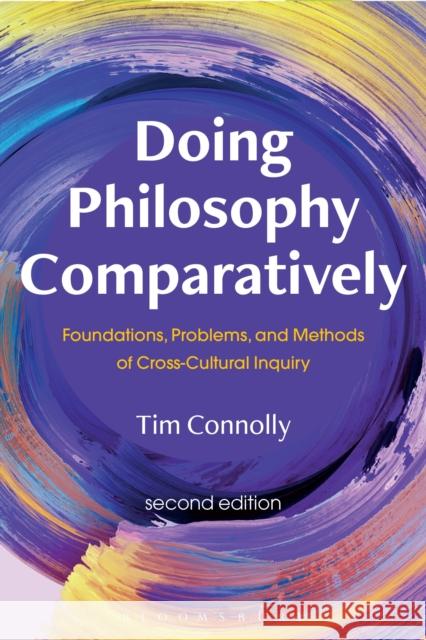Doing Philosophy Comparatively: Foundations, Problems, and Methods of Cross-Cultural Inquiry » książka
topmenu
Doing Philosophy Comparatively: Foundations, Problems, and Methods of Cross-Cultural Inquiry
ISBN-13: 9781350177543 / Angielski / Miękka / 2023 / 320 str.
Kategorie BISAC:
Wydawca:
Bloomsbury Publishing PLC
Język:
Angielski
ISBN-13:
9781350177543
Rok wydania:
2023
Ilość stron:
320
Oprawa:
Miękka
Wolumenów:
01
Dodatkowe informacje:
Bibliografia











